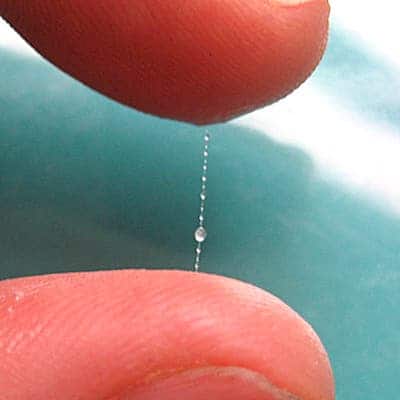
A new painkiller chemical derived from human spit has proven to be up to six times more potent than morphine when tested on rats in a laboratory setting. While painkillers have been thoroughly researched for decades, the industry alone amounting to billions of dollars every year, it’s been rather difficult for scientists to find natural painkiller. This latest finding might become nothing less of a hidden gem for pharmaceutics if its passes clinical trials.
Synthetic compounds do their job well, but are often accompanied by undesirable side effects. Because they’re found naturally in the body, natural painkillers have very few or any side effects and their use avoids one of the biggest pitfalls following painkiller drugs use: addiction and tolerance.
Catherine Rougeot of the Pasteur Institute in Paris, France, and her colleagues, previously identified a naturally occurring painkiller called sialorphin in rats. They wondered if anything similar could be found for humans, and after analyzing countless saliva samples they ran across opiorphin. The substance works its magic by reventing the breakdown of chemicals called enkephalins, which in turn activate opiate receptors that block pain signals from reaching the brain. So does this mean that a big, wet kiss sends the pain away? Uhmno.
Oddly enough, according Alistair Corbett, a specialist on opioids at Glasgow Caledonian University, opiorphin doesn’t have a painkilling role in the body, instead it most likely plays a role in protecting chemicals in the body from being broken down, he says. This means its use could be followed by unwanted side effects, since the substance is unlikely to be specific enough to protect the breakdown of enkephalins alone.
Tests on rats have proven to be promising, however. When opiorphin drugged rats were given a painful injection, they exhibited diminished pain responses, such as licking the injected paw. The rats also showed little stress when walking a pin-covered surface, which normally should have prompted a pain response.
“Inhibiting this enzyme would be a good target for drugs. But nobody has looked for a natural inhibitor,” Rougeot says.
More research into opiorphins and clinical trials will shed light on how effective the substance could be for human use.
The report was published in the journal Proceedings of the National Academy of Sciences.






